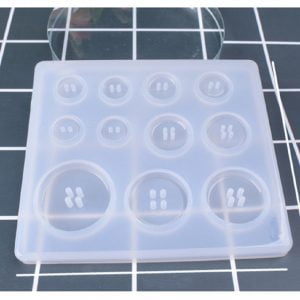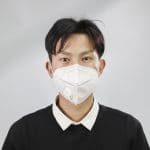






Apnea Tongue Stabilizing Device
$50.00
- 설명
- 상품평 (0)
설명
It is a powerful, comfortable, one-length-suits-all answer which makes use of tongue displacement technology.
You don’t must mould or trim it, nor do you want to fuss with any jaw changes.
Since there may be no strain carried out for your gums, jaw, or teeth, it is right for denture wearers. It is likewise a cushty answer for folks that can’t get used to the jaw positioning of a MAD.

The Anti Snore TSD is a top-notch simple, powerful, and noninvasive anti-loud night breathing clinical device. It gives a clear answer for the remedy of loud night breathing problems.
Traditional mandibular development gadgets in a roundabout way flow the tongue ahead through transferring the mandible. But Anti Snore TSD lightly suctions to the top of the tongue, stopping it from falling lower back into the throat and obstructing the airway. In addition, it prevents clenching and enamel grinding by positioning the tongue among the top and decreasing teeth.

Made of smooth clinical-grade silicone, Anti Snore TSD is a one length suits all model. The Anti Snore TSD calls for no impressions, no changes and has no transferring parts. Best of all, it’s miles indicated for anyone — even people with TMJ troubles and the edentulous.
How to use it?
- Place the TSD in your mouth i.e., it should rest between your front teeth and the lips. The protruding bulb is outside of your mouth.
- The side with the small cut on the TSD should go to the bottom side of the mouth.
- Squeeze the bulb to let out air.
- Place your tongue in the tube and release the bulb. This creates suction vacuum and your tongue attaches to the bulb area of the TSD.
Snoring is caused by a narrowing of the upper airway during sleep. This can be due to large tonsils, a soft palate, a long uvula or excessive flabby tissue at the throat. All of these areas relax during sleep.

In other cases, nasal congestion from allergies or deformities of the cartilage between the two sides of the nose can contribute to narrowing of the airway.
By keeping the airway open, air travels more slowly, reducing throat vibrations and diminishing or eliminating problem snoring. Holding the tongue forward is one of the most effective ways of keeping the airway open during sleep.
However, the most common cause of narrowing of the upper airway is a tongue muscle that becomes too relaxed during sleep. When relaxed, it gets sucked back into the throat with each breath taken.
Because snoring occurs when air travels faster through a narrow tube than through a broad one, this rapidly moving air causes the relaxed soft tissues of the throat to vibrate. It is this vibration that creates the sound of snoring.
Common causes of snoring
- Supine body position (lying face up)
- Large tonsils, long soft palate or uvula
- A tongue that relaxes too much during sleep
- Being overweight
- Nasal congestion from colds, allergies or deformities of cartilage within the nose
- Menopause
- Consuming alcohol, medication or tobacco products within six hours of going to sleep
- Hypothyroidism
Who snores?
More than 60 percent of the adult population suffers from problem snoring. This percentage increases each year in people aged 50 and older, as tissues in the upper airway lose elasticity and tend to vibrate more during breathing, increasing the incidence of snoring when the airway is reduced during sleep, the tongue is more easily sucked into the back of the throat and obstructs the airway.
- Sixty percent of men and 40 percent of women over the age of 40 are habitual snorers.
- Snoring is common in children between the age of 2 to 7, particularly if they have a chest infection or enlarged tonsils.
- Snoring is also commonly experienced by women during the later stages of pregnancy.

Health Benefits:
If left untreated sleep apnea can result in a growing number of health problems, some of them include:
- High Blood Pressure
- Heart Stroke
- Heart Failure, Irregular Heartbeats, Heart Attack
- Diabetes
- Depression
- Worsening of ADHD
배송 정보:
귀하의 제품은 주문 후 2일 이내에 포장되어 배송됩니다. 모든 제품은 빠른 배송을 보장하기 위해 미국 창고에서 배송됩니다! 배송 3-5 정도 걸릴 거예요 날. 미국 이외의 지역에 있는 경우 추가로 5일이 소요됩니다. 배송되는 즉시 추적 정보가 이메일로 전송됩니다.
우리의 보증:
우리는 우리 제품이 사람들의 일상생활에 도움이 될 수 있다고 믿으며 우리 제품을 전적으로 지지합니다. 우리는 모든 제품에 대해 위험 부담 없는 30일 보증을 제공합니다. 만족스러운 경험이 없으시다면 구매에 만족하실 수 있도록 최선을 다해 도와드리겠습니다.
“Apnea Tongue Stabilizing Device”의 첫 상품평을 남겨주세요
상품평 작성을 위해 로그인이 필요합니다.















상품평
아직 상품평이 없습니다.